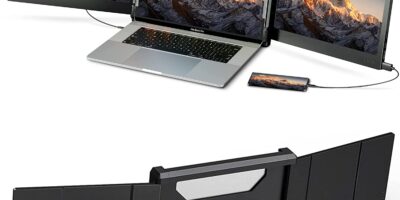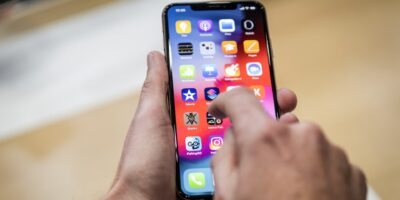Now that February is here, mobile technology developers and journalists are turning their attention towards Barcelona, host city of the World Mobile Congress, where new smartphones such as the ZenFone 5 are expected to debut.
The ZenFone 5 is an Android smartphone manufactured by ASUS, a respected hardware firm that is mostly know for its desktop and laptop computers as well as its quality monitors. In the smartphone arena, ASUS is known for powerful and reliable handsets that mostly stick to legacy components such as Micro USB and headphone jacks, two features that have been disappearing in modern devices such as the iPhone, which instead prefers USB C connectors and Bluetooth technology for streaming digital audio to wireless devices.
The high-end version of the ZenFone 5 will be powered by the Qualcomm Snapdragon 430 processor, which in the past has enabled advanced processes such as Windows Continuum in the former Microsoft Lumia line of mobile devices. The display of the ZenFone 5 will present an aspect ratio of 18:9, the same as the iPhone X, but it will not be as slim since it needs to accommodate the aforementioned Micro USB and 3.5mm audio jack as well as a fingerprint scanner.
No physical buttons have been spotted on the early images of this smartphone, which suggests that ASUS is going the way of the budget Android tablets line, which feature a row of touchscreen buttons for navigation, and which hide automatically until users drag down from the top of the screen in either landscape and portrait mode.
According to a preliminary report published by Android Authority, ASUS intends to grab market share from Samsung and other smartphone manufacturers by offering a reasonable amount of features that go beyond what competitors such as Xiomi offer with their budget models. The new ZenFone 5 will ship with Android Oreo and will also offer longer battery life as suggested by its larger case. It is not clear whether this new smartphone will offer wireless charging, a feature that has gained considerable interest over the last few months.
Whether the legacy Micro USB port will be welcomed by smartphone users remains to be seen for the ZenFone 5. Even though there are many devices and cables that accommodate this connector, the transition to USB C is unfolding at a very rapid pace. It is very possible that ASUS will introduce a slimmer and more powerful version of the ZenFone 5, complete with USB C connectivity, later this year.


